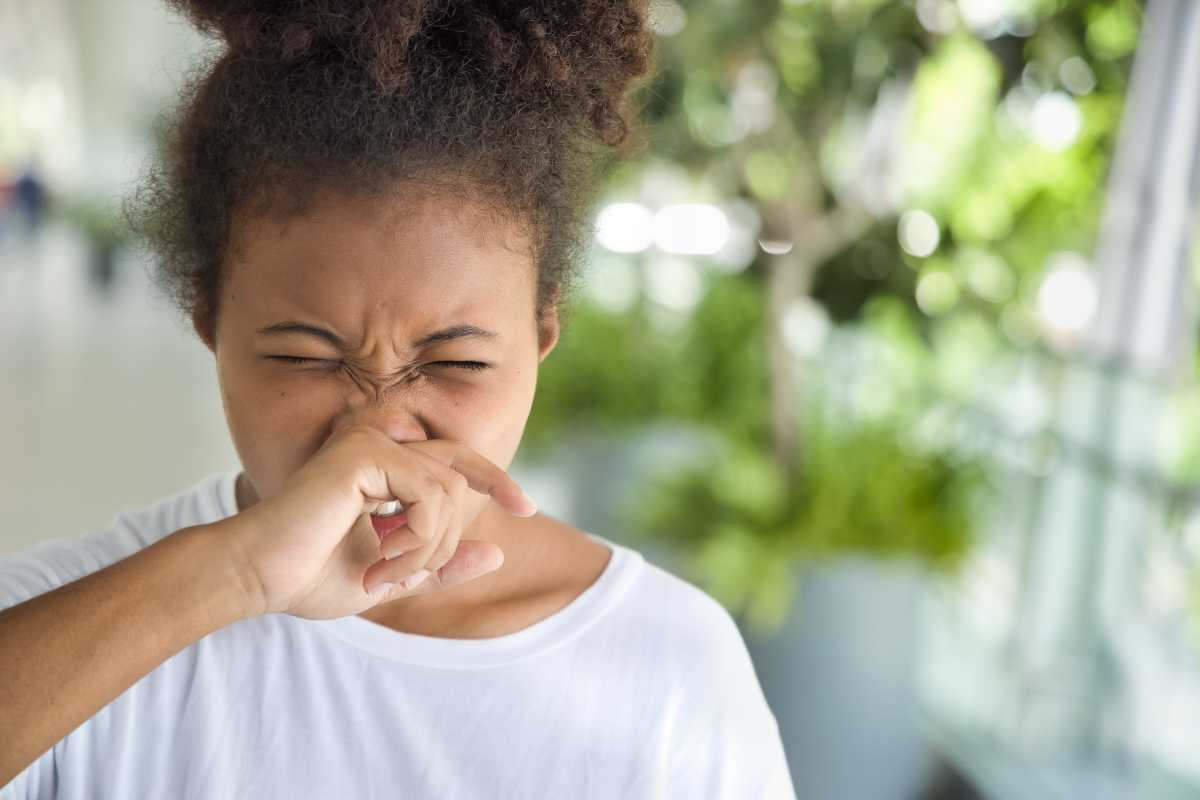Brain freeze and the winter blues: winter wellness tips for a healthy mind and brain
Some people with headaches or migraines notice their symptoms worsen during autumn and winter. Is it because everything just feels more intense when it’s cold and dark outside, or are there ‘real’ reasons and hard facts to explain it all? Let’s explore what the research says about the link between cold weather and headaches and how to manage this seasonal phenomenon.
-
References
Akgün N, Acıman Demirel E, Açıkgöz M, Çelebi U, Köktürk F, Atasoy HT. The effect of weather variables on the severity, duration, and frequency of headache attacks in the cases of episodic migraine and episodic tension-type headache. Turk J Med Sci. 2021 Jun 28;51(3):1406-1412. doi: 10.3906/sag-2004-66. PMID: 33581709; PMCID: PMC8283480.
Bonemazzi I, Pelizza MF, Berti G, Ancona C, Nosadini M, Sartori S, Toldo I. Cold-Stimulus Headache in Children and Adolescents. Life (Basel). 2023 Apr 9;13(4):973. doi: 10.3390/life13040973. PMID: 37109502; PMCID: PMC10144624.
Chebini A, Dilli E. Cold Stimulus Headache. Curr Neurol Neurosci Rep. 2019 Jun 6;19(7):46. doi: 10.1007/s11910-019-0956-5. PMID: 31172287.
Denney DE, Lee J, Joshi S. Whether Weather Matters with Migraine. Curr Pain Headache Rep. 2024 Apr;28(4):181-187. doi: 10.1007/s11916-024-01216-8. Epub 2024 Feb 15. PMID: 38358443; PMCID: PMC10940451.
Elser H, Kruse CFG, Schwartz BS, Casey JA. The Environment and Headache: a Narrative Review. Curr Environ Health Rep. 2024 Jun;11(2):184-203. doi: 10.1007/s40572-024-00449-4. Epub 2024 Apr 20. PMID: 38642284.
Kaczorowski M, Kaczorowski J. Ice cream evoked headaches (ICE-H) study: randomised trial of accelerated versus cautious ice cream eating regimen BMJ 2002; 325 :1445 doi:10.1136/bmj.325.7378.1445
Kumar P, Singh AB, Singh R. Comprehensive health risk assessment of microbial indoor air quality in microenvironments. PLoS One. 2022 Feb 25;17(2):e0264226. doi: 10.1371/journal.pone.0264226. PMID: 35213573; PMCID: PMC8880710.
Louis S, Carlson AK, Suresh A, Rim J, Mays M, Ontaneda D, Dhawan A. Impacts of Climate Change and Air Pollution on Neurologic Health, Disease, and Practice: A Scoping Review. Neurology. 2023 Mar 7;100(10):474-483. doi: 10.1212/WNL.0000000000201630. Epub 2022 Nov 16. PMID: 36384657; PMCID: PMC9990849.
Mages S, Hensel O, Zierz AM, Kraya T, Zierz S. Experimental provocation of 'ice-cream headache' by ice cubes and ice water. Cephalalgia. 2017 Apr;37(5):464-469. doi: 10.1177/0333102416650704. Epub 2016 May 19. PMID: 27206961.
Sokolov AY, Mengal M, Berkovich R. Menthol dural application alters meningeal arteries tone and enhances excitability of trigeminocervical neurons in rats. Brain Res. 2024 Feb 15;1825:148725. doi: 10.1016/j.brainres.2023.148725. Epub 2023 Dec 20. PMID: 38128811.
Tanik N, Saçmaci H, Aktürk T. The relationship between exposure to hot/cold weather and the clinical features of headaches in patients with migraine and tension-type headaches. Neurol Res. 2020 Mar;42(3):239-243. doi: 10.1080/01616412.2020.1723300. Epub 2020 Feb 12. PMID: 32048556.






















